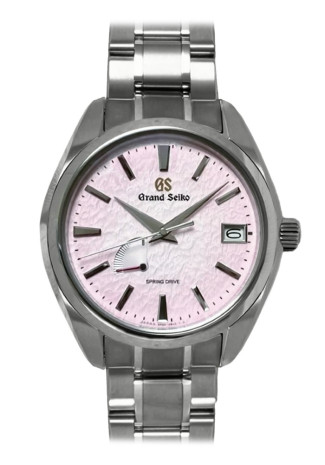Titanium, renowned for its diverse industrial applications in aerospace, medicine, and more, remains a lesser-known hero in the realm of jewelry and, particularly, the watch industry. Despite its widespread recognition for exceptional properties, including its lightweight nature and superb durability, the material's potential to replace stainless steel in watches remains constrained by its relatively high cost.

The allure of titanium in the watch industry lies in its exceptional qualities. Its lightweight nature, weighing half as much as steel of the same volume, makes it ideal for watchmaking, offering wearers comfort without compromising strength. Its high scratch resistance, coupled with a lower price point compared to precious metals like gold or platinum, positions it as an attractive alternative. Additionally, titanium's anti-magnetic properties and corrosion resistance, particularly in saltwater environments, make it a favored choice for dive watch enthusiasts seeking durability and reliability. Furthermore, its ability to withstand acids and hypoallergenic nature caters to individuals with sensitive skin, while its robustness—Grade 5 Titanium boasting an impressive 1,000MPa strength—ensures longevity and endurance in watch construction. Environmentally conscious consumers appreciate its recyclability, marking it as a sustainable choice in the industry.

Despite its exceptional qualities, titanium does come with drawbacks. Its rarity contributes to its elevated price point, limiting its widespread adoption. Moreover, its inherent hardness and difficulty in casting pose challenges in the manufacturing process, requiring specialized techniques and expertise, which may contribute to higher production costs. Nonetheless, the benefits of titanium in watches, from its resilience to its eco-friendly nature, continue to position it as a favored material among watch aficionados seeking durability and innovation.






